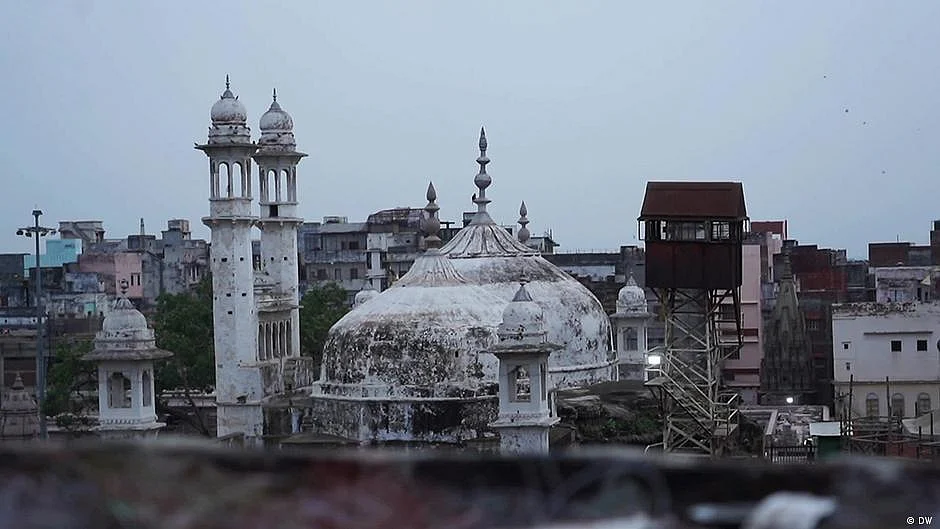Bone of contention in Gyanvapi case: A 1942 ruling by the Allahabad HC
Din Mohammad v Secretary of State, a 1942 ruling by the Allahabad HC is a key judgement that’s being used by both the Hindu and Muslim petitioners to put their point across in the Gyanvapi mosque case

Din Mohammad and Others versus Secretary of State, a 1942 ruling by the Allahabad High Court is a key judgement that’s being used by both the Hindu and Muslim petitioners to put their point across in the Gyanvapi mosque case of Varanasi.
According to the Indian Express, the 1942 matter, which “dealt with the ownership of the mosque and the land surrounding it”, had ruled that the mosque was built on Waqf property, but also that Hindu idols had been worshipped there.
The Varanasi District Court’s 1942 ruling had followed an appeal by “three Hanafi or Sunni Musalmans against a 1937 ruling” asking the Court to declare that not only the mosque, but “the area around the mosque is also property of the Waqf”, said a report in the IE.
The dispute arises because the Hindus rely on history to claim that the mosque is built on Hindu land. In the present petition, Rakhi Singh vs State of Uttar Pradesh, the petitioner claimed that back in 1937, it had been proved that Hindu idols were present in the premises and Puja was performed there. However, according to the IE, the HC’s ruling stated, “some of the witnesses are perhaps of some respectability but, on the other hand, they are undoubtedly interested, and they give no definite evidence.”
On the other hand, the area around the mosque, though used by Muslims during Ramzan for namaz, could not be considered “Waqf property”, according to the Allahabad HC. The Muslim side claimed it saying they had “acquired customary easement over the land”, however, the HC denied it since the pathway to the mosque had been claimed only in 1929, and the claim did not have any history attached to it. In the present civil suit, the Muslim side is sticking by the HC’s initial ruling that the mosque is on Waqf property.
According to the IE, “the 1942 ruling had noted: “The learned Civil Judge has gone into the history of this mosque and has come to the conclusion that it was built on the site of a Hindu temple which was demolished by Emperor Aurangzeb in the seventeenth century. I do not think that it is necessary to go into the question of the origin of the mosque. It is sufficient to go back to the year 1809 when there was a serious riot between Hindus and Musalmans in that part of Benares where the mosque is situated.””
Follow us on: Facebook, Twitter, Google News, Instagram
Join our official telegram channel (@nationalherald) and stay updated with the latest headlines
